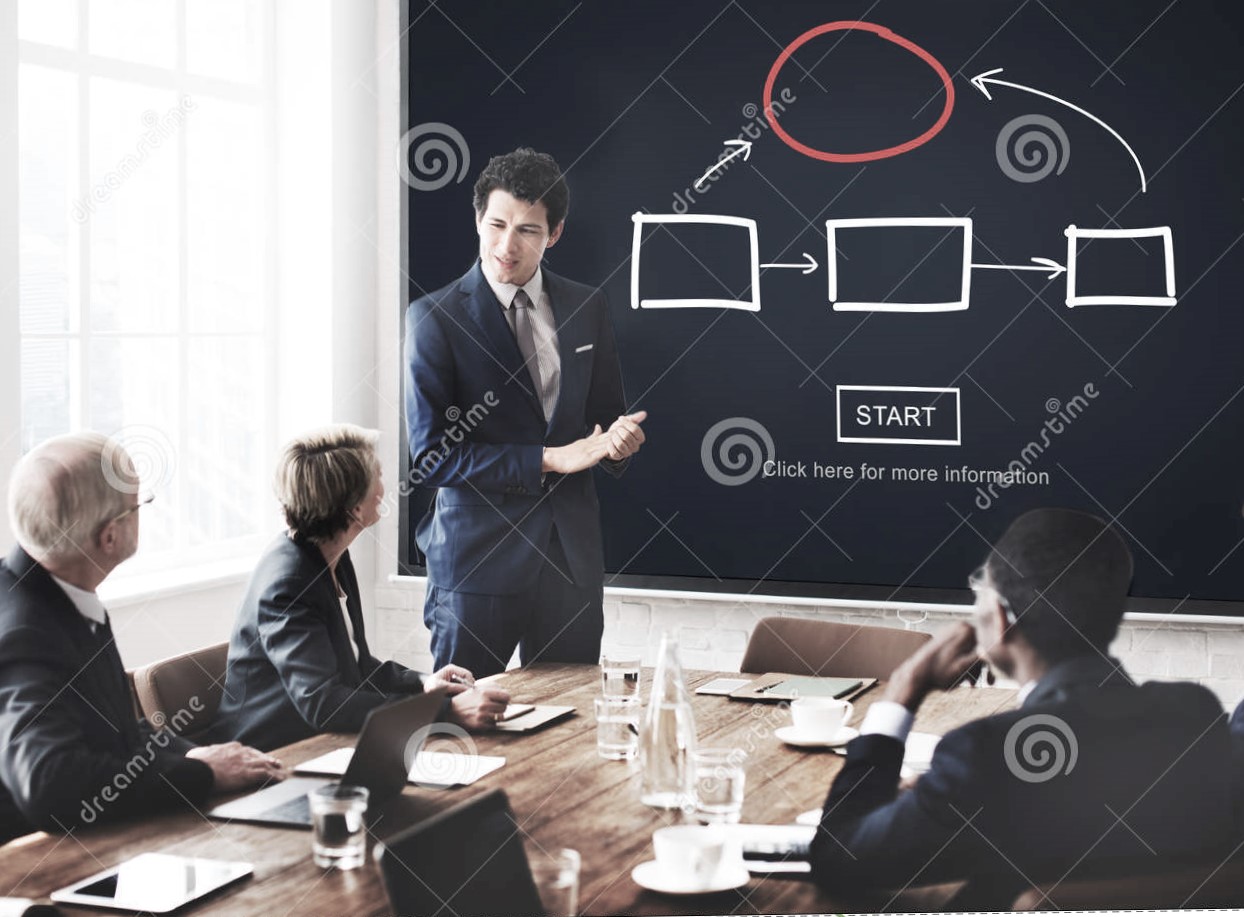Key processes management
Processes management is a thorough key to create things. Management is a process that highlights that all managers, independent of ability or experience, do some inter-related activities in order to attain their intended goals.
The Management processes include planning, organizing, leading, and controlling. Which managers use to successfully achieve corporate goals.
Managers must first establish a strategy, then arrange resources in accordance with the plan, guide people to work toward the plan, and ultimately supervise everything by monitoring and assessing the plan’s effectiveness.
There are 4 basic keys of Management processes activities;
- Planning and Decision Making
- Organizing
- Leading
- Controlling
Planning and Decision Making of Management processes
Looking ahead and predicting prospective trends or happenings that are likely to impact the working situation is the most important quality and duty of a manager.
Setting goals for an organization and choosing how to accomplish them is what planning entails. Planning is the process of making decisions about objectives and determining the best way to achieve them from a collection of choices.
The plan contributes to management performance by serving as a roadmap for future actions for staff. Planning entails selecting goals as well as routes to attain them.
Planning includes establishing missions and objectives, as well as the activities necessary to attain them; it also necessitates decision-making or picking future courses of action from among choices. In a word, planning includes determining what the organization’s position and condition should be in the future and choosing how to best attain that position.
Planning adds to managerial success by guiding future activities.
Planning and decision-making involve a manager’s capacity to anticipate, envisage, and look forward meaningfully.
Organizing of Management processes
Organizing has described as the process of bringing established plans closer to completion.
After establishing goals and developing plans, a manager’s next management job is to organize human resources and other resources indicated as essential by the plan to achieve the goal.
Organizing entails deciding how to put together and coordinate activities and resources.
The organization may also has defined as a purposefully organized framework of jobs or responsibilities for employees to fulfill inside an organization.
In an organization, organizing creates a structure of interactions and it has via these organized ties that plan have pursued.

Organizing, then, is that aspect of management that entails creating a purposeful framework of responsibilities for individuals to fill inside the company.
It has deliberate in the sense that all duties required to achieve goals have been assigned to those who can perform the best job.
The goal of an organizational structure is to foster the optimum human performance possible.
The structure must specify the work to have completed. The regulations that have set must also take into account the talents and motivations of the persons who have available.
Staffing has connected to organizing, and it entails filling and maintaining roles in the organizational structure.
This may have performed by establishing the jobs to be filled, establishing the personnel requirements, filling vacancies, and training staff to ensure that the allocated duties have completed successfully and efficiently.
Promotion, demotion, discharge, dismissal, transfer, and other administrative duties have also included in the wide responsibility of “staffing.” Staffing ensures that the correct individual has placed in the proper position.
Organizing has the process of deciding where decisions will have made, who will perform what duties and responsibilities, who will labor for whom, and how resources will have gathered.
Leading
The third core management function is leadership, which is the ability to influence others for a certain goal or cause. Leading has regarded as the most crucial and difficult of all managerial duties.
Leading includes encouraging or persuading organizational members to collaborate in the organization’s best interests.
Leadership is the process of establishing a good attitude towards their job and objectives in the people of an organization. It is necessary because it contributes to the goal of effectiveness and efficiency by influencing employee behavior.
Leading entails a number of deferment processes and activities.
The leading processor system includes the functions of direction, motivation, communication, and coordination.
Coordination is equally important in leadership.
Most writers do not regard it as a distinct managerial role.
Rather, coordination has seen as the essence of management, so that the individual efforts towards common goals may have matched.
Leading requires the ability to motivate others. Motivating is a managerial function that influences people’s behavior based on an understanding of what causes and channels maintain human behavior in a certain committed direction.
Controlling
Controlling is the process of monitoring an organization’s progress toward goal fulfillment. Monitoring progress has critical to ensuring that organizational goals have met.
Controlling is the process of monitoring, comparing, difficulties faced and correcting organizational operations undertaken in order to achieve goals or objectives. Controlling includes actions such as assessing performance, comparing it to the current standard, identifying deviations, and correcting the deviations.
Control activities are generally concerned with the measurement of achievement or the outcomes of actions taken to achieve the goal.
Some means of controlling, like the budget for expenses, inspection records, and the record of labor hours lost, are generally familiar. Each metric also reveals if plans have developed.
If the discrepancies continue, rectification has recommended. When outcomes deviate from the intended activity, the person responsible must have identified, and the required steps must have done to enhance performance.
As a result, outcomes may have influenced by regulating what individuals do. The final but not least crucial management function procedure is controlling.
“There’s no use in planning without control,” as the adage goes. In a nutshell, controlling allows the strategy to have carried out.
All of its management functions have interconnected and cannot has skipped.
The management process creates and maintains an environment in which personnel, working in groups, achieve specific goals efficiently.
The major management functions, planning, organization, staffing, management, and control have performed by all managers. But the time and work spent in each function will vary based on the abilities and position at an organizational level.
Planning, organizing, leading, and controlling are the 4 functions of management; which work as a continuous process.
